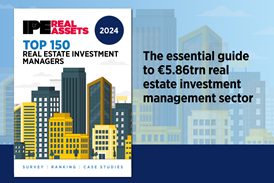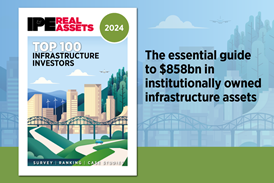Opportunity funds ramp up capital raising for distressed debt play
Managers of opportunistic real estate funds have significantly ramped up their capital raising activities this year. New research by New York-based investment manager Clerestory Capital shows opportunistic funds are seeking a total of $76 bn (EUR 57 bn) globally to profit from distressed deals coming onto the market.
You have now reached your article limit
Already have an IPE Real Assets account? Sign in
PropertyEU has merged with IPE Real Assets
If you had a PropertyEU account, simply reset your password to get access to IPE Real Assets.
New users can Register for free today for access to the PropertyEU Archive and IPE Real Assets.
Registration also includes access to IPE

Five reasons to register today
- Access IPE Real Assets articles
- Daily news alerts and updates
- Track what the world’s leading institutional investors are doing
- Learn about the latest industry research and market analysis
- Comprehensive archive of data and intelligence on investors and fund managers, including the PropertyEU Archive




